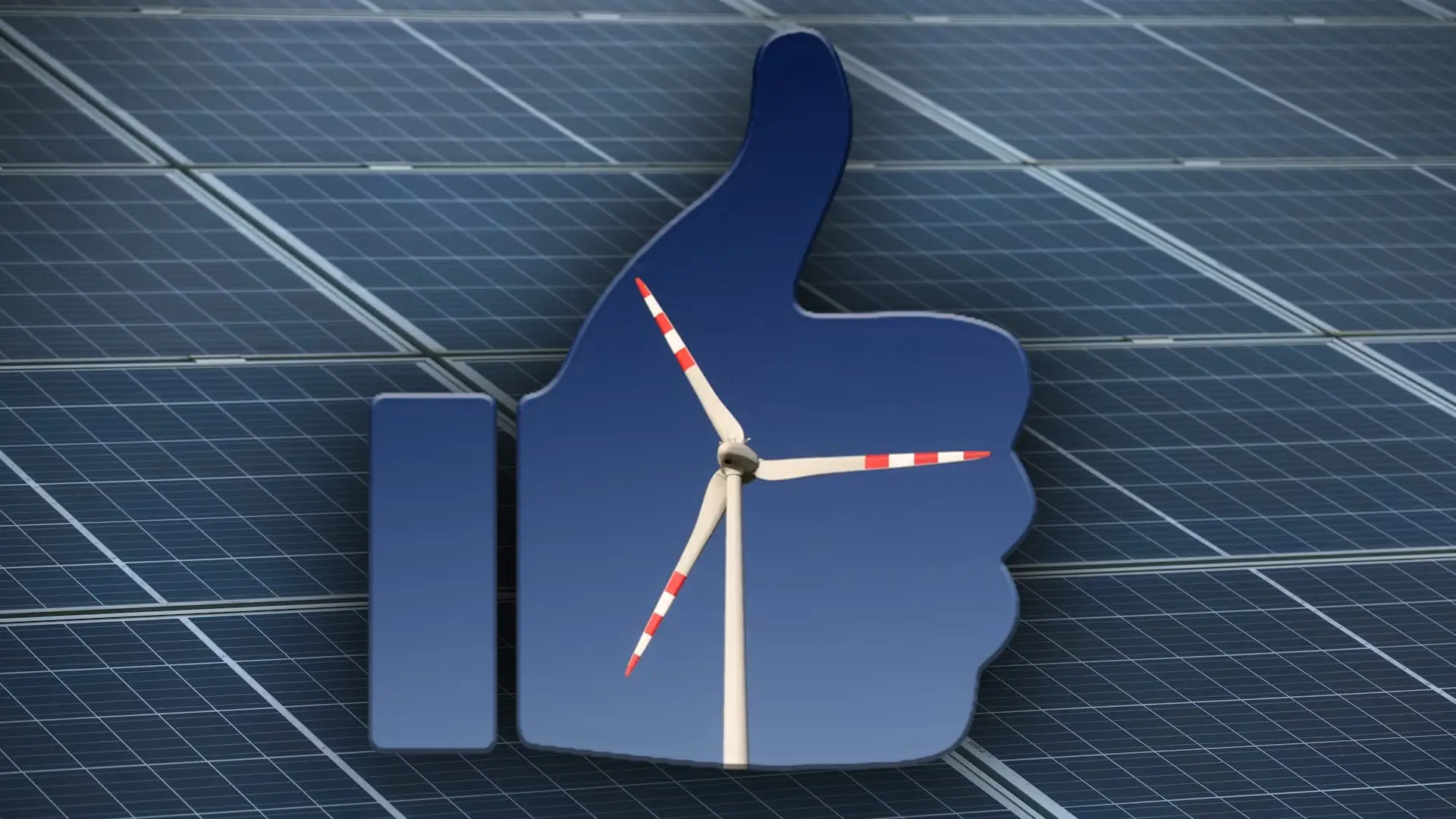Launching a solar farm, a wind park, or a green hydrogen project requires more than just technical ambition—it demands solid groundwork. At the core of this process is a feasibility study, the crucial tool that validates your project’s viability before major capital is committed.
In this article, we’ll walk you through the complete roadmap of conducting a renewable energy feasibility study and highlight common pitfalls that can undermine even the most promising initiatives.
1- Why Feasibility Studies Matter in Renewable Energy
Feasibility studies are decision-making tools that evaluate whether a project should proceed.
In renewable energy, where infrastructure is capital-intensive and regulatory environments are complex, this step is non-negotiable.
A proper feasibility study helps to:
- Evaluate technical and financial viability
- Identify regulatory constraints
- Estimate return on investment (ROI)
- Secure investor confidence and stakeholder buy-in
- Anticipate risks and mitigation strategies
2- Define Clear Project Scope and Objectives
The first mistake many developers make is underestimating the importance of a detailed scope.
This includes:
- Technology choice: solar PV, onshore wind, offshore wind, electrolyzers for hydrogen, etc.
- Site characteristics: size, land use restrictions, and proximity to infrastructure
- Target output: in MW or MWh/year
- Operational goals: grid-connected or off-grid, captive consumption, export potential
- Project timeline and milestones
The clearer your scope, the more accurate the feasibility outcomes.
3- Technical Feasibility: Site and Resource Assessment
This phase determines whether the chosen site can support the intended project.
Key Components:
- Solar projects: Assess solar irradiance, temperature variation, land slope, and dust levels.
- Wind projects: Analyze wind speed and consistency using long-term data, often with on-site met masts or LiDAR systems.
- Hydrogen projects: Evaluate availability of renewable electricity, water sources, and grid proximity.
Other technical aspects:
- Grid connection options: capacity, distance, and cost of interconnection.
- Access to water (for hydrogen) and transportation infrastructure.
- Environmental constraints: protected areas, flora/fauna impact, noise levels.
📌 Pro tip: Use GIS tools and satellite imagery to enhance the accuracy of resource mapping and terrain analysis.
4- Regulatory and Permitting Analysis
This component is frequently underestimated—yet a permitting bottleneck can stall or kill a project.
Evaluate:
- Zoning and land-use regulations
- Environmental Impact Assessment (EIA) requirements
- Construction permits
- PPA and licensing processes
- Local grid codes and energy market rules
Staying ahead of compliance issues can save months in the project lifecycle.
5- Financial Feasibility and Revenue Modelling
Arguably the most decisive part of any feasibility study, this section determines if your project is bankable.
Key calculations:
- CAPEX and OPEX estimates
- Levelized Cost of Energy (LCOE)
- Internal Rate of Return (IRR)
- Net Present Value (NPV)
- Payback period
Use scenario planning tools to simulate different pricing, demand, and policy contexts. Be conservative and stress-test assumptions.
Don’t forget:
- Grid tariffs and wheeling charges
- Incentives (e.g., feed-in tariffs, tax credits)
- Currency risks and inflation impacts
- Carbon credit income (if applicable)
6- Risk Assessment and Mitigation Strategy
A comprehensive risk matrix should be developed, identifying and ranking:
| Risk Category | Examples | Mitigation |
|---|---|---|
| Technical | Equipment failure, construction delays | Vendor selection, quality assurance |
| Regulatory | Permitting delays, policy shifts | Local legal advisory, early engagement |
| Financial | Cost overruns, currency fluctuations | Contingency budgets, hedging |
| Environmental/Social | Community opposition, EIA non-compliance | Stakeholder mapping, early consultations |
| Supply Chain | Material shortages, logistic delays | Supplier diversification, local sourcing |
This structured approach builds investor confidence and prepares your team for real-world challenges.
7- Stakeholder and Partner Mapping
Your project’s success hinges not just on data—but on people.
- Identify and evaluate strategic partners, from EPC contractors to financiers.
- Engage local communities early through consultations and benefit-sharing models.
- Understand the dynamics of public-private collaboration if applicable.
Mapping institutional stakeholders (ministries, utilities, municipalities) ensures smoother project execution.
8- Final Decision-Making Framework
Your feasibility study should conclude with a clear, data-supported go/no-go recommendation, often structured as:
- Project is feasible as-is → move to development phase
- Project is feasible with conditions → revise assumptions and re-evaluate
- Project is not feasible → shelve or consider alternate locations/technologies
Include an Executive Summary that presents key findings for investors and board-level decision-makers.
Common Pitfalls to Avoid
- Skipping resource data validation: Satellite data is a start, but on-site measurement is critical.
- Underestimating local policy nuances: A project that works in one region may fail in another.
- Over-optimistic revenue modeling: Avoid inflated assumptions to please stakeholders.
- Neglecting community engagement: Local opposition can derail projects at any stage.
A robust feasibility study sets the tone for your entire renewable energy journey. It’s not a formality—it’s an investment in project longevity, bankability, and stakeholder alignment.
Planning a renewable energy project and need expert guidance?
🌿 NoorPoint delivers data-backed feasibility studies tailored to your technology, market, and goals—ensuring you move forward with confidence and clarity.
📩 Get in touch with our team today and let’s bring your project to life.

